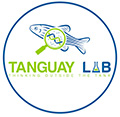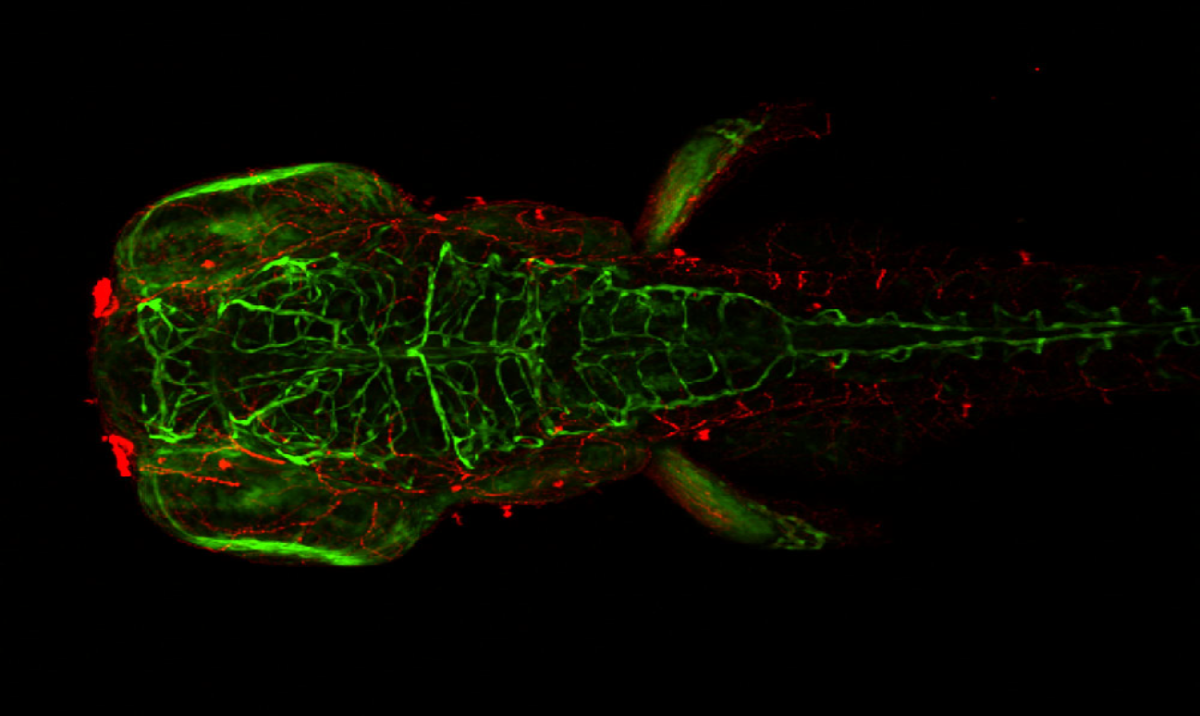WELCOME TO THE RESEARCH LAB OF DR. ROBYN TANGUAY!
Dr. Robyn Leigh Tanguay is an internationally recognized scholar whose work on zebrafish models has advanced the world’s understanding of how chemicals impact the biological development of humans. In 2011, she was named an Oregon State University Distinguished Professor, the university’s highest honor. And she is invited regularly to speak to regulators and private companies about biosafety in commercial development. In December 2019, Tanguay’s colleagues knew her as Robert, a name and a gender identity that she says never truly fit. Now, she’s announcing her transition and making it official. [To read more – click here]
She has spent the last 25 years pioneering, advocating and leading the way in using zebrafish (Danio rerio) as systems toxicology model. She was identified as a leader in the fundamental sciences and elected to serve as a Member of the National Advisory Environmental Health Sciences Council. Her research focus lies on exploiting the unique advantages of zebrafish to protect and improve human and environmental health. We know that some chemicals in our environment interact with our expressed genomes to produce disease and dysfunctions. Her lab aims to discover these chemicals and their biological targets. The central hypothesis is that chemical and nanomaterial bioactivity are governed by their inherent structures, and these structures permit interactions with biological targets and systems to alter biological activity. The lab uses chemical and nanomaterial structural information, coupled with the biological responses they produce in zebrafish, as anchors for mechanistic and structure response relationship research.
Over the past several years Tanguay and her team has developed automated high throughput instrumentation to accelerate phenotype discovery and have evaluated the bioactivity of thousands of chemicals and mixtures including, polycyclic aromatic hydrocarbons (PAHs), 2,3,7,8-tetrachlorodibenzo-p-dioxin (TCDD), ethanol, flame retardants, nicotine, pesticides, pharmaceuticals, and complex environmental mixtures. They employ numerous system biology, imaging, molecular biology, genetics, transcriptomics, small non-coding RNAs analysis, metabolomics, and bioinformatics to define toxicity mechanisms. Finally, the lab works in the area of tissue regeneration to discover the molecular pathways that prevent or promote vertebrate tissue regeneration with the goal to translate zebrafish discoveries to the clinic.
Our Mission Statement: OSU and the Tanguay lab commits to inclusive excellence by advancing equity and diversity in all that we do. We are an Affirmative Action/Equal Opportunity employer, and particularly encourage applications from members of historically underrepresented racial/ethnic groups, women, individuals with disabilities, veterans, LGBTQ community members, and others who demonstrate the ability to help us achieve our vision of a diverse and inclusive community.

